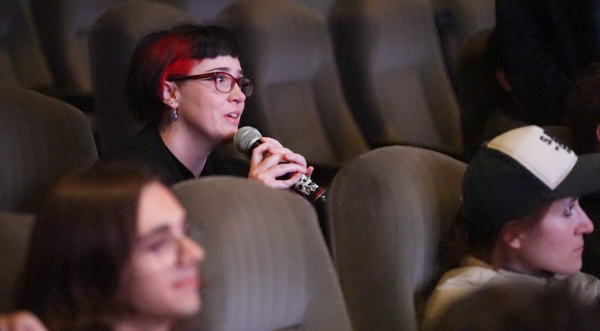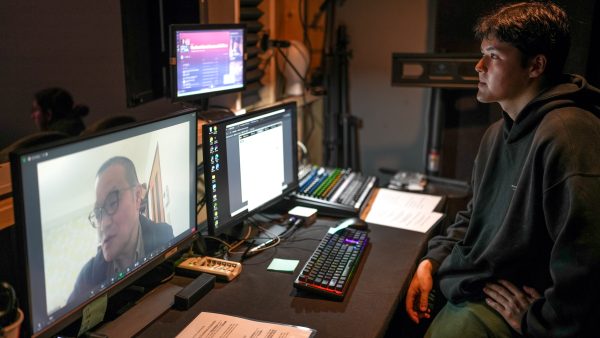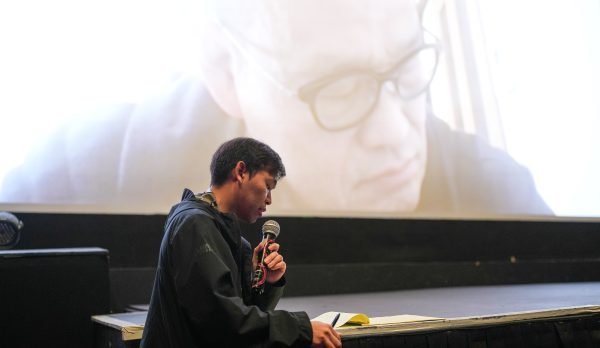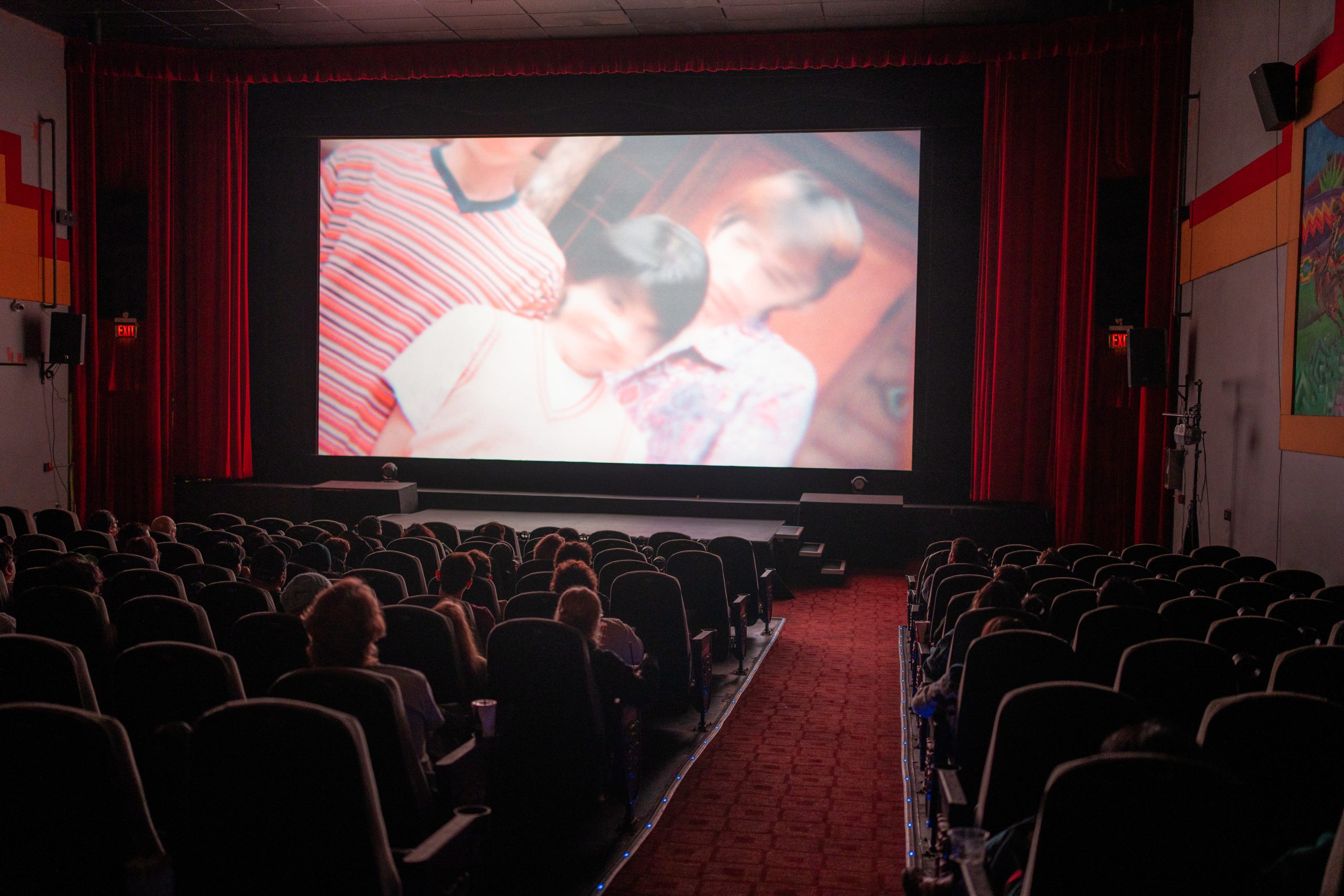*Alert: There are movie spoilers in this review.*
In 2002, American director Gore Verbinski released the horror film “The Ring.” The movie featured a relatively all-star cast with Naomi Watts as their leading lady. It was a critical hit and box office success that quickly became a cult classic for many fans of the horror genre.
However, despite its success, many people don’t know that the film wasn’t an original in any sense of the word. “The Ring” is actually a remake of the 1998 Japanese horror film “Ringu,” directed by revered Japanese film director Hideo Nakata.
“The Ring” and its commercial success helped to jump start the 2000s trend of western directors remaking Japanese horror films. This includes “The Grudge,” “Dark Water,” and “One Missed Call” to name a few.
“Ringu” follows main character Reiko Asakawa; a reporter trying to investigate a high school rumor about a tape where, if you watch it, you will die within seven days. After her niece Tomoko dies from causes that are completely unknown to medical doctors, Reiko finds an unnerving connection between the rumored tape and her death. In order to understand Tomoko’s death, Reiko finds and watches the tape.
By doing so, Reiko finds out that the rumor is true and now has seven days to either solve the mystery of the tape, or die an unexplainable death by the hands of a ghost named Sadako.
“I’m obsessed with this entire franchise. I’ve seen every single movie and TV show adaptation there is,” said audience member and “Ring” series fan Jessica Bond. “I think that this version (“Ringu”) is better than the American one because the imagery on the tape and the plot of the film is more psychological.”

The Frida Cinema and the horror film festival ScreamFest screened “Ringu” for their audiences, with many of them watching the film for the first time on the big screen.
“The Japanese version is very important because that’s where the American version started from,” said filmmaker and founder of ScreamFest Rachel Belofsky. “I find that a lot of international films like ‘Ringu’ are more artistic than American studio films. It’s just a certain thing about them that I sometimes can’t put into words.”
“Ringu” was originally based off of the Japanese horror novel “Ring” written by Koji Suzuki. Published in 1991, the book became a success, which Nakata and the writers of “Ringu” took notice of. The film became a sort of trailblazer in horror in the sense that Nakata, instead of making the main character a male, like in the book, made her a woman which not only helped the film to cater towards a broader audience, but also to make more sense of the storyline.
Instead of having Reiko and friend Ryuji Takayama start working even harder to solve the mystery because her son and significant other accidentally watched the tape, “Ringu” switches this up. It turns the plot into a family drama, making Reiko and Ryuji a divorced couple that starts to work even harder once their shared son Yoichi watches the tape. This helps the characters connect more now that their only son could die if they don’t find out how to stop the tape from killing more people.

“The Ring” followed almost the exact same storyline, basing the plot more off of the movie than the actual book.
There are many scenes in which “The Ring” is filmed in the exact same format as the Japanese movie. For example, at Tomoko’s funeral, Yoichi is staring up at the flight of stairs that leads to Tomoko’s room while envisioning her running up the stairs. The American film does this exact scene with a different style of filming. Another is when father and son look up at each other standing face-to-face in the rain while Yoichi is heading for school and Ryuji is visiting Reiko’s home.
“Ringu” is a film that relies on more of the mental aspects of horror such as the slow burn plot that the movie has, the eeriness and butterfly-inducing sensation that the tape gives the audience while watching it, even the use of music and silence in some scenes. “The Ring” relies more on music to jump scare the audience, effects that make the face of a person who dies from the tape decayed and distorted, and a filter used throughout the film to remind the audience that it is, in fact, a scary movie.
However, “The Ring” does help “Ringu” to fill up some plot-holes that the movie has. In the Japanese version, the film struggled to explain, or not explain, certain situations. For example, in the Japanese film, Reiko suddenly realizes that Ryuji is going to die. In the American version, Rachel (Reiko) finds out that Noah (Ryuji) is going to die because her son tells her that Samara (Sadako) told him that they did the wrong thing by saving her.

While the American version does make it easier for audiences to understand some aspects of the film, the plot-holes in “Ringu” are minor and don’t necessarily affect the movie as a whole. Rather the plot-holes in the American version do affect the story to more of a degree as the story of Sadako and the curse make much more sense in “Ringu” than in “The Ring.”
“Traditionally in Japan, ghosts are female. So the story of Sadako and her being a ghost gives more cultural background to the film,” said director Nakata who zoomed in for a Q&A after the film.
While in “The Ring,” the idea of the cure being one of chain mail is hinted at, “Ringu” makes it clear through dialogue. That being said, “Ringu” relies more on telling the audience through dialogue rather than telling them visually like in “The Ring.”
“The Ring” is a great horror film that deserves the attention it gets, however, people should know where the inspiration for the film is from.
“It’s important to know the origins of where it all came from. But since the book is so different, it’s good to see that the original Japanese version made “The Ring” what it is today,” said Bond.



Jessica • Apr 4, 2024 at 11:18 am
I’m the Jessica that was interviewed – quick correction: in the novel Reiko was a man (Kazuyuki)!
Sara Leon • Apr 4, 2024 at 5:04 pm
Hello Jessica!
Sara here! After rereading my article I have found that I did say that the main character was a man in the book. You can find this info in the third sentence on paragraph nine! 🙂
Susan • Apr 3, 2024 at 11:12 pm
I found this very insightful. Great review!
Mike • Apr 3, 2024 at 9:37 am
It’s source material. Why is this interesting?